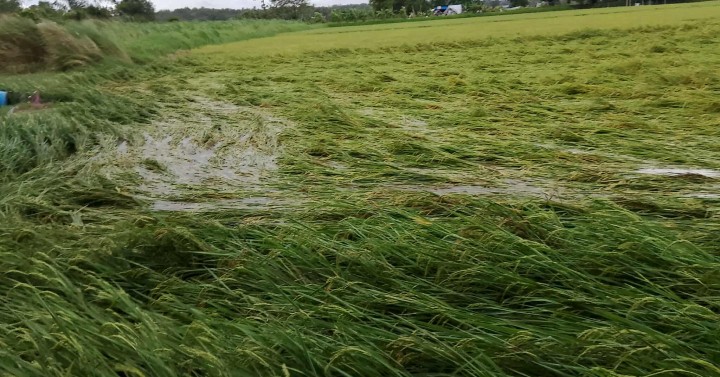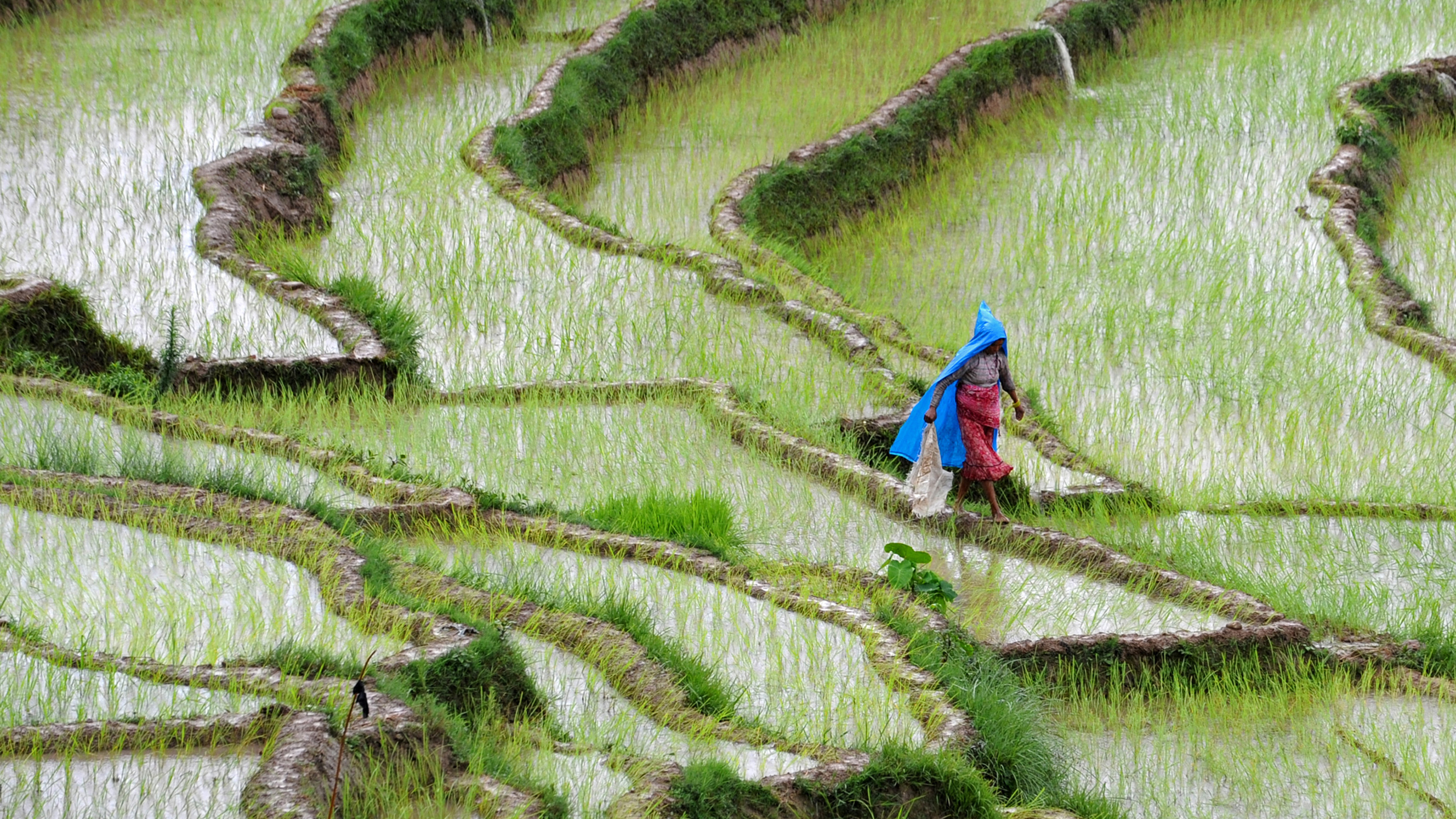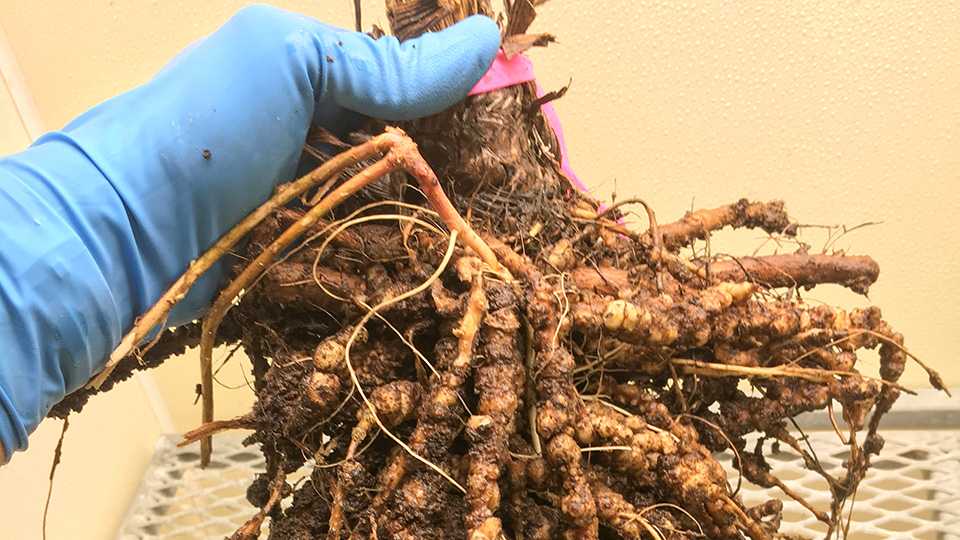Following record flooding and historic delays in planting, the farm disaster assistance package passed earlier this year included more than $3 billion in funding to help farmers recover after these and other natural disasters.
A notable provision of the disaster package provides additional financial assistance, called a “top-up” payment, to farmers unable to plant a crop in 2019.
Farmers with a prevented planting insurance claim will be eligible for a supplemental top-up payment of up to 15% of their prevented planting indemnity if they purchased a revenue protection plan. Farmers who did not purchase the harvest price option, i.e., yield protection or revenue protection with harvest price exclusion, will be eligible for a top-up payment equal to 10% of the prevented planting indemnity.
Importantly, unlike other disaster assistance programs, the additional top-up payment will be delivered by approved crop insurance providers and not USDA’s Farm Service Agency. Producers will automatically receive the top-up payments.
Estimating Prevented Planting Indemnities
The prevented planting indemnity is determined for the individual policyholder and is based on the farmer’s actual production history, the crop insurance price and the crop insurance coverage level. For example, a corn grower with an average production history of 200 bushels per acre and an 80% coverage level would receive a prevented planting insurance indemnity of $352 per acre in 2019, i.e., $352=$4×200×80%×55%.
In order to approximate county-level indemnities for prevented planting claims, USDA’s Risk Management Agency data was analyzed alongside FSA’s Crop Acreage Data. First, using RMA data, the total county-level liability was divided by the total acres insured in a county to determine the liability per acre for each insurance plan, i.e., RP, RP-HPE and YP.
Since the liability per acre includes the coverage level elected by the farmer, the prevented planting indemnity is then equal to 55% of the per-acre liability for corn and 60% of the per-acre liability for soybeans.
Next, the estimated prevented planting insurance indemnities were filtered against counties with prevented planting acreage to identify the average per-acre indemnity payments for 2019 prevented planting acres.
Finally, to arrive at a county-level indemnity, the weighted average indemnity for each county was calculated. Indemnities are expected to be higher in counties with a higher crop insurance coverage level and in counties with a higher county-average APH.
Across the U.S., the weighted average prevented planting indemnity for corn and soybeans was $255 per acre and $192 per acre, respectively. For corn, the weighted average prevented planting indemnity ranged from less than $150 per acre in areas with less productive cropland to more than $300 per acre across much of the central Corn Belt. In portions of Iowa and Illinois, prevented planting indemnities approached $400 per acre.
Like corn, the weighted average insurance indemnity for soybeans was the lowest in areas with less productive cropland and higher in portions of the central Corn Belt. Estimates of prevented planting indemnities ranged from a low of $41 per acre in Kingfisher County, Oklahoma, to a high of $314 per acre in Piatt County, Illinois.
Estimated Top-Up Payments
Under the new disaster assistance package, farmers with a prevented planting insurance claim will be eligible for a supplemental insurance indemnity equal to 10% or 15% of their indemnity based on their plan of insurance. More expensive RP policies have a higher supplemental insurance payment of 15%, while RP-HPE and YP policies have a lower supplemental insurance payment of 10%. The top-up payment is based on the indemnity.
For example, in the above scenario, a farmer with an RP policy would receive a supplemental payment of $53 per acre (15%×$352). A farmer with an RP-HPE or YP policy would receive $35 per acre (10%×$352) – assuming the same total liability, which may not be the case.
To estimate the weighted average top-up payment, the 15% and 10% factors were multiplied by the applicable insurance indemnity based on the plan of insurance, i.e., RP, RP-HPE and YP. The county-level top-up payment was then the weighted average of the supplemental insurance payments.
For corn, the weighted average top-up payment in the U.S. was estimated at $38 per acre. Estimated top-up payments ranged from a low of $7 per acre in Meade County, South Dakota, to a high of $58 per acre in Grundy County, Illinois. As expected, the top-up payments are estimated to be higher in areas with more productive cropland.
For soybeans, the weighted average top-up payment was estimated at $28 per acre. The top-up payment for soybeans ranged from a low of $6 per acre in Kingfisher County, Oklahoma, to a high of $47 per acre in Piatt County, Illinois. Figures 3 and 4 highlight estimates of the weighted average top-up payments for corn and soybeans, respectively.













